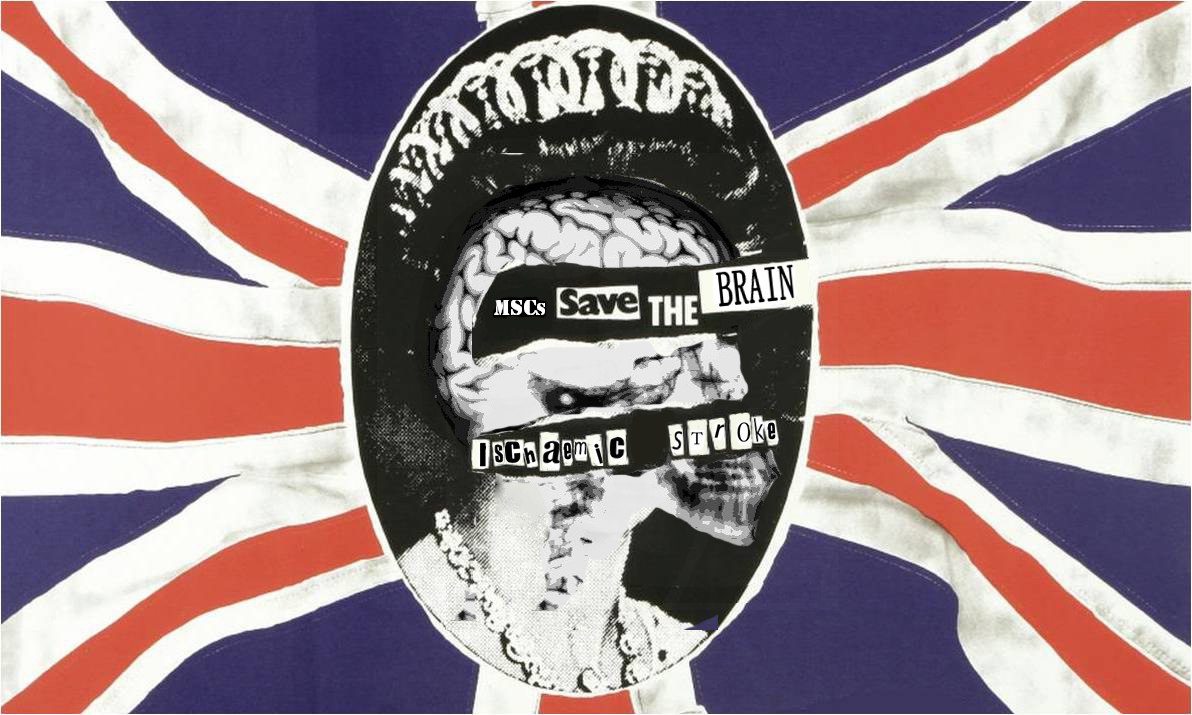
- •Abstract
- •Introduction
- •Methods
- •What is stroke
- •Ischaemic stroke happens when a blockage in the artery supplying the brain occurs, leading to hypoxia. Explanations why ischaemic stroke can occur include:
- •Figure 4 Molecular process of neuronal ischaemia. (Colledge, Walker and Ralston., 2010, p. 1182)
- •Available treatments for stroke
- •Figure 5 Mechanism of t-pa action, (Genentech, 2014)
- •Induced pluripotent stem cells
- •Adult stem cells
- •Mesenchymal stem cells
- •Figure 7 Differentiation potential of msCs into a variety of tissue types, depending on signals produced by the local physiological environment. (Kishk et al., 2010)
- •MsCs for treatment of stroke
- •Migratory mechanisms of msCs
- •Discussion
- •Conclusion
- •References
The underlying mechanisms of mesenchymal stem cell migration in ischemic stroke patients
Anastassia Kostenko
U1145373
Supervisor: Dr. Mohammed Meah
Biomedical Science
School of Health, Sport and Bioscience

Contents
Chapters 1. Aknowledgemens.............................................................. |
Page number 2 |
2. Abstract ......................................................................... |
3 |
3. Introduction ................................................................... |
4 |
4. Methods ......................................................................... |
5 |
5. What is stroke ................................................................. |
6-10 |
6. Available treatments for stroke ....................................... |
10-12 |
7. Stem Cells ...................................................................... |
13-14 |
8. Embryonic stem cells ...................................................... |
13 |
9. Adult stem cells .............................................................. |
13-14 |
10. Induced pluripotent stem cells ...................................... |
14 |
11. Mesenchymal stem cells ............................................. |
15 |
12. MSCs for treatment of stroke ........................................ |
16-17 |
13. Migratory mechanisms of MSCs .................................... |
18-21 |
14. Discussion .................................................................... |
22-24 |
15. Conclusion ................................................................. |
25 |
16. References .................................................................... |
26 |
Abstract
Stroke is a major cause of disability and death worldwide. Current treatments are aimed at minimising damage after stroke and prevention of recurring stroke episodes, rather than neuroregeneration. However, many studies have suggested that mesenchymal stem cells (MSC), isolated from various tissues, including bone marrow, have the ability to differentiate into a variety of tissue types and promote functional recovery in stroke patients via immunomodulatory and trophic factor production, that induce MSC transendothelial migration towards inflamed and ischaemically damaged regions following a cytokine gradient, where MSCs can participate in regeneration and survival of host neurons. This research project is aimed to investigate the underlying migratory mechanisms of MSCs, as with this knowledge more effective treatment options can be created. Currently known mechanisms of MSC migration are explained and show similarity to leukocyte migration mechanisms, however, due to the vast heterogeneity of MSC phenotypes (receptors expressed on MSC cell surface) and lack of universally available characteristics, more in depth research into molecular signalling pathways underlying MSC transfer within the blood vessels, penetration through the vascular endothelium and tissue invasion is required.
Introduction
Every year, 15 million people worldwide suffer a stroke. Nearly six million die and another five million are left permanently disabled. (World Heart Federation., 2014)
Stroke results from a rapid cessation in adequate amount of blood supply reaching sections of the brain. Presently, the therapies available are: thrombolysis, which can remove the obstruction by enzymatic digestion of the blood clot and thrombectomy, the surgical removal of the blood clot. However, first clinical trials have confirmed improved functional recovery in stroke patients after delivery of bone marrow-derived mesenchymal stem cells (MSCs). (Doeppner et al, 2010)
This statement is supported by numerous animal studies, which used both human-MSCs and non-human-MSCs; such as those done by: Horita et al., (2006), Lindvall et al., (2004) and Zheng et al., (2009). Kim et al., (2013) also point out the benefits of MSC therapy in humans; however the exact mechanisms of migration of MSCs still remain unclear (Chamberlain et al., 2007). It is essential to understand the molecular mechanisms underlying MSC transfer within the bloodstream, penetration through the vascular wall and tissue invasion in order to develop a functional therapeutic method. The aim of this project is to identify the known migratory mechanisms of MSCs towards ischaemically damaged regions of the brain after systemic delivery and possible modifications improving MSC tropism and homing in the damaged regions.
Methods
A research construction plan was created when starting the project. The broad outline of chaptes was discussed with Dr. Mohammed Meah and the project was broken down into logical steps. Background information on the subject matter, to clearly illustrate the current situation is provided. Because stem cell research is a relatively new area, many relevant papers were not available for access and no books on this subject were available at Stratford library. The research was therefore conducted by utilizing available resources, such as search engines (google and google scholar), printed journals, library facilities (athens), medical and human physiology books (Davidson's Principles and Practice of Medicine), clinical trials (http://www.controlled-trial.com), society websites (http://www.stroke.org.uk/research), company websites (www.genetech.co.in) and of course, online journal databases (Science Direct, Pubmed, Wiley Online Library, Science daily, MedlinePlus). The findings are reported in a comprehensive scientific way, objectively comparing and contrasting results from different sources. Critical and analytical approaches were used to gather appropriate information and to discuss and evaluate the research topic. Comments on the problems and their possible solutions involved in MSC migration, homing and ischaemic stroke treatment were made, and based on that, possible future research perspectives suggested.
